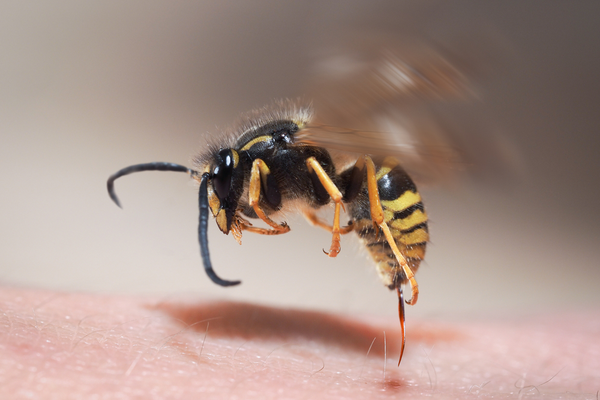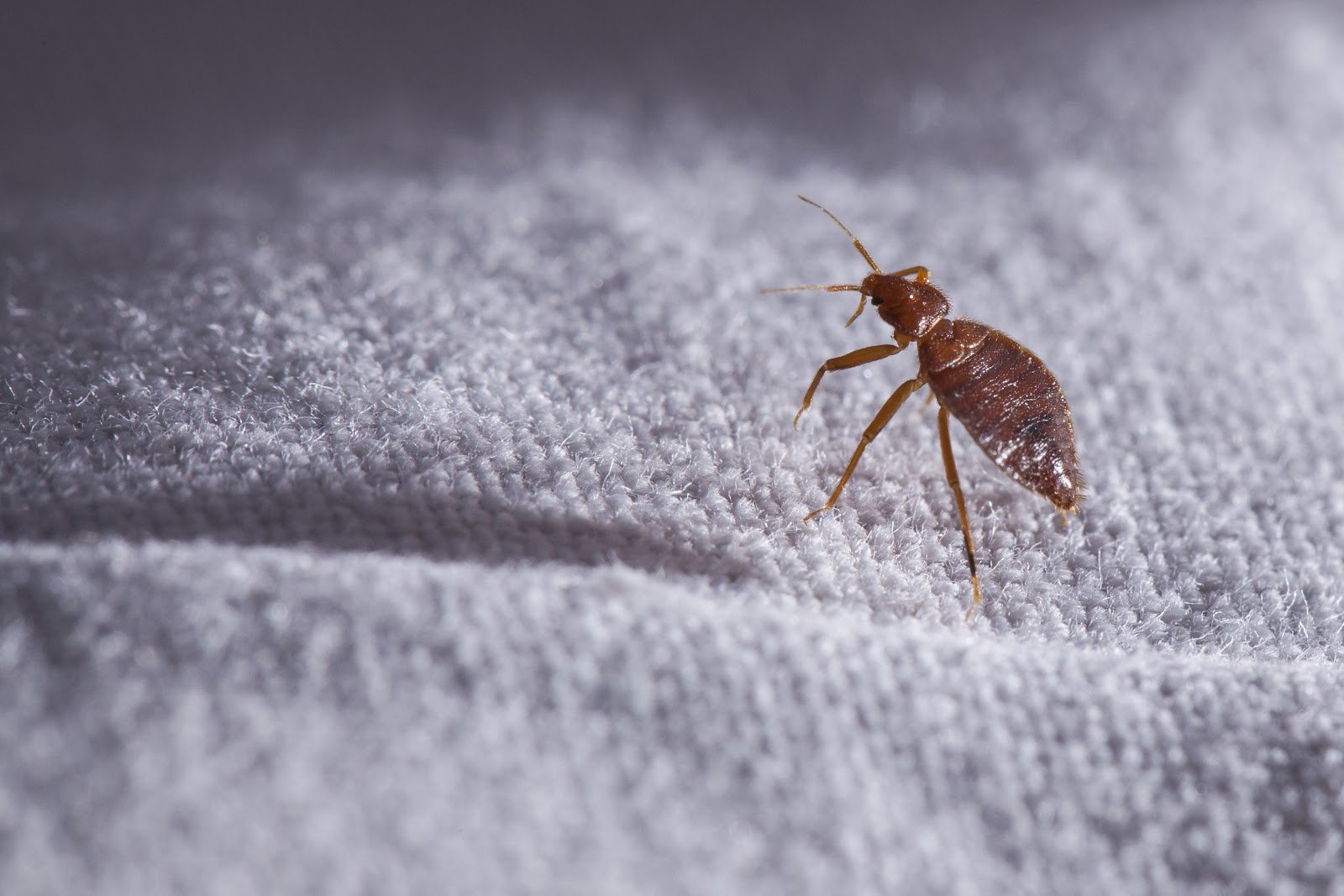Treating a local reaction to a sting is simple. From cleaning the affected area with apple cider vinegar to relieving the pain with ice, there are several easy at-home remedies that can help ease your discomfort.
Wasps can be scary… especially when there’s an angry swarm right on your tail. However, not all types of wasps sting. There are two types of wasps: social and solitary. Social wasps, like yellow jackets and hornets, both sting and have no problem ruining your picnic.
Why do wasps sting?
You might feel like wasps are pure evil. But if someone swatted at you with a newspaper, you’d probably sting them if you could, too! A wasp’s stinger contains venom and is used for self-defense. Wasps sting humans when they feel threatened. If you get stung by a wasp, it might be because they are:
- Protecting. If a female wasp feels her home is under attack, she will protect the nest with her stinger. Yes, this means male wasps don’t sting! Wasps will attack in a large number, as well. When they sense a threat, they release a pheromone that calls on the rest of the soldier wasps.
- Agitated. When humans are swatting at wasps or spraying them with chemicals, the wasps will get frustrated and attack.
Do wasps die after they sting?
No. Wasp stingers are specifically designed to be used over and over again. Bees die after stinging because their stingers are barbed at the end. Once a bee takes off after stinging someone, the stinger stays in the flesh of the prey and disembowels the bee. A wasp stinger is smooth and stays attached to the wasp—it retracts into the body and extends as long as the wasp is alive.
What are the symptoms of a wasp sting?
A wasp’s stinger contains venom that is transmitted to humans during a sting. For most people, the venom will cause pain and irritation with a quick recovery. But others can experience an extremely serious allergic reaction. Your symptoms will depend on what type of reaction you’re having.
- A normal local reaction happens when you are not allergic to wasp venom. With this type of reaction you will probably see a red welt where the sting occurred. You may also see a white mark in the middle of the welt where the stinger entered your skin. Sure, the sting will hurt, but the pain and swelling will lessen within several hours.
- A large local reaction is a sign of an allergic reaction to the wasp sting without a life-threatening symptom, like anaphylactic shock, for example. The symptoms of a large local reaction include extreme redness that increases for several days after being stung, and nausea and vomiting.
-
Anaphylaxis reaction is by far the most severe allergic reaction to a wasp sting. This happens when your body goes into shock in response to wasp venom. It’s important to seek immediate emergency medical care to treat anaphylaxis. Symptoms of a severe allergic reaction include
- Swelling of the face, lips, or throat
- Hives in areas of the body not affected by the sting
- Difficulty breathing such as wheezing or gasping
- Dizziness
- Weak or racing pulse
- Drop in blood pressure
- Lightheadedness
- Stomach cramps
- Nausea or vomiting
- Diarrhea
If any of these symptoms are present after a wasp sting, it’s important to seek emergency medical help as soon as possible!
What should I do for a wasp sting?
If you are experiencing a normal local reaction, treating a wasp sting is simple. Try our at-home remedies to reduce your discomfort.
- Apple cider vinegar. Soak a cotton ball in apple cider vinegar and apply it to the sting.
- Lemon juice. Soak a cotton swab in lemon juice and apply it to the sting.
- Ice. Wrap ice in a towel or cloth and apply it to the sting every 20 minutes or so. This should help relieve some of the pain.
- Honey. Apply a small amount to the sting and cover with a loose bandage for about an hour. This will help reduce pain and itching while helping heal the wound
- Baking soda. To reduce pain and swelling, apply a thick layer of baking soda paste to the sting and cover with a bandage for at least 15 minutes.
- Antihistamine and ibuprofen. Take as needed for itching, swelling, and pain relief.
It’s important to pay attention to your symptoms after being stung by a wasp. Remember, if you are experiencing symptoms like nausea, dizziness, or difficulty breathing, call the local emergency services. If your sting is painful but local, then try our at-home remedies to reduce your pain and discomfort.
If you have a wasp infestation in your space, contact the expert team at Plunkett’s! We know dealing with a colony of wasps is no fun. we’re here to rid your space of unwanted visitors and make your home feel as safe as possible!









